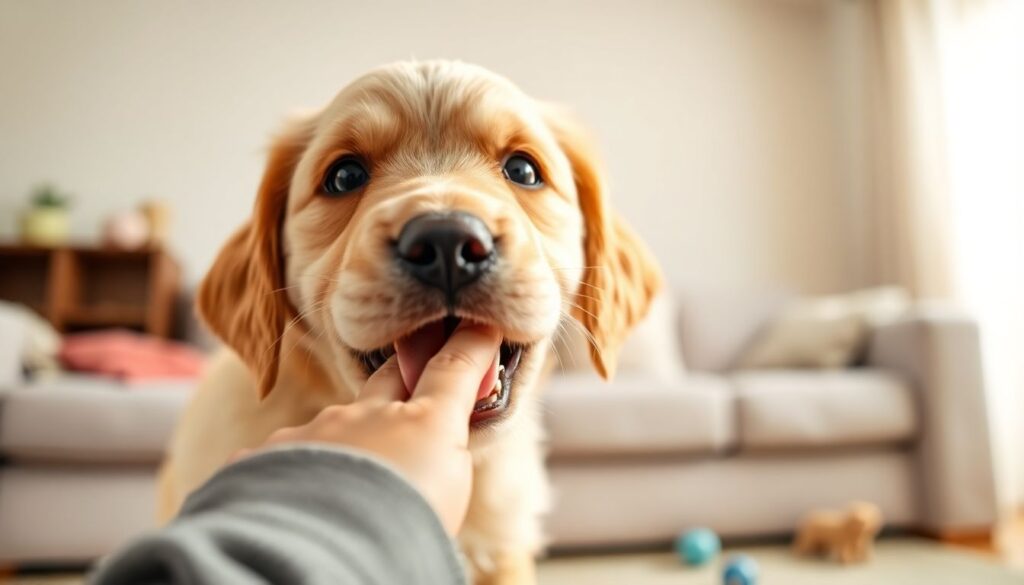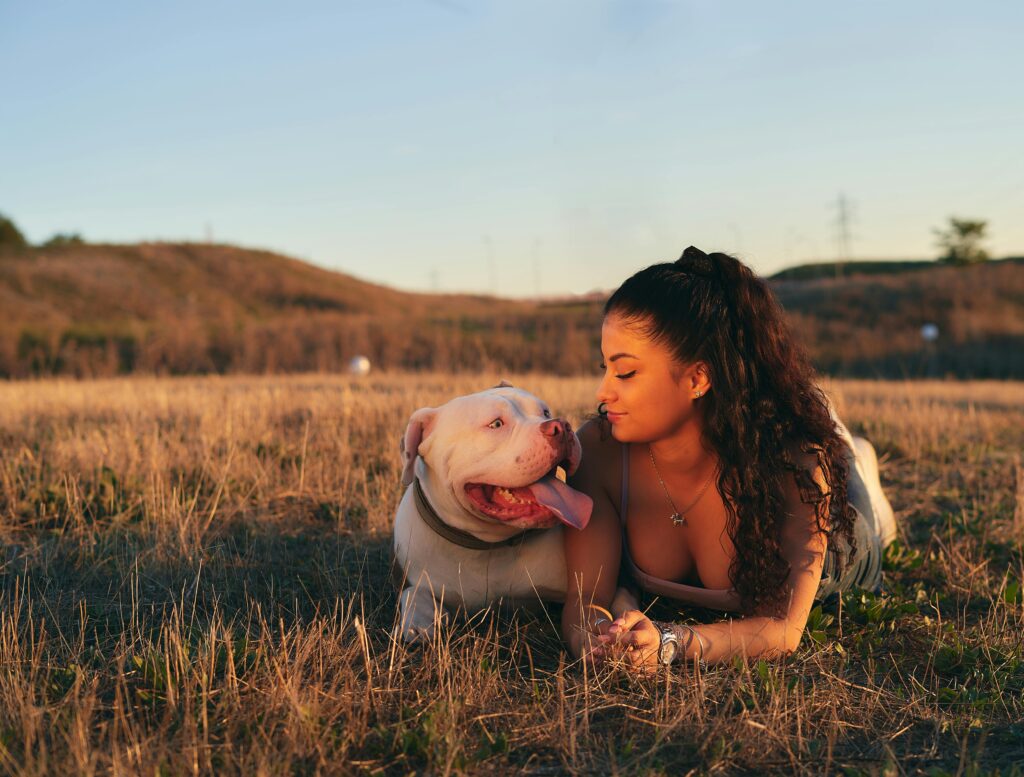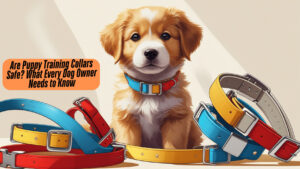How to Stop Puppy Biting and Nipping: Gentle Training Techniques
Puppies are adorable bundles of energy, but their biting and nipping can be challenging. While it’s normal for puppies to explore the world with their mouths, it’s important to teach them gentle behavior. Understanding why they bite is the first step towards a well-behaved pup.
Understanding Puppy Biting: A Natural Behavior
Statistics show that nearly 50% of puppy owners experience some level of biting or nipping. This behavior often stems from natural instincts, such as play and teething. Puppies explore their surroundings with their mouths, and biting is a part of their developmental stage. Instead of viewing it as a nuisance, recognize it as a normal part of growing up.
The Importance of Early Intervention
Addressing biting early can prevent more serious behavior problems in the future. Puppies learn best during their formative months. Positive reinforcement helps solidify desired behaviors, making training enjoyable for both you and your pup.
Understanding Your Puppy’s Communication
Deciphering Puppy Body Language
Puppies communicate through body language. Look out for:
- Tail wagging: Indicates excitement or playfulness.
- Ears back: Suggests fear or stress.
- Play bows: Signals a desire to play.
Recognizing these signs helps you distinguish between playful biting and aggressive behavior.
Identifying Triggers for Biting
Common triggers include:
- Teething
- Overexcitement
- Fear-based responses
Keeping a journal of your puppy’s biting incidents can help identify patterns and specific triggers unique to your pet.

Gentle Techniques for Redirecting Biting Behavior
Positive Reinforcement Training
Reward your puppy for good behavior. Whenever they chew on an appropriate toy:
- Give them high-value treats.
- Use enthusiastic praise.
This encourages them to repeat the desired action, steering them away from biting.
Teaching Acceptable Chewing Behaviors
Provide a variety of chew toys to shift their focus. Options like:
- Rope toys
- Rubber bones
- Soft plush toys
If they bite your hands or clothes, redirect them immediately to a suitable item.
Time-Outs and Ignoring
Time-outs can be an effective way to manage biting. If your puppy bites, calmly remove attention:
- Step away for a few moments.
- Avoid yelling, as it can confuse them.
This teaches that biting leads to the end of playtime.
Managing Playtime and Preventing Biting Escalation
Structured Play Sessions
Organize play sessions that allow for control and supervision. Recognize signs of rough play and intervene as necessary. Ending playtime a little early can prevent excessive biting.
Teaching Bite Inhibition
Introduce the “ouch” training method:
- Let out a sharp, but not frightening, “ouch” if they bite too hard.
- Stop play for a while after this response.
This helps them understand their bite strength and learn to soften their mouths.
Supervising Interactions with Children and Other Pets
Always keep an eye on interactions with children or other animals. Here are some tips for safer play:
- Create boundaries during play.
- Teach children how to interact gently with the puppy.
This keeps everyone safe and builds positive experiences.
Addressing Underlying Medical Issues
Ruling Out Medical Conditions
Sometimes biting can be a sign of discomfort or pain. Consult a veterinarian if your puppy shows signs of excessive biting. Always rule out medical reasons before proceeding with behavioral training.
Pain Management and Comfort
If your puppy is teething or has another source of pain, provide soft toys and consider using vet-recommended remedies. Comforting your puppy can alleviate some biting caused by discomfort.
Conclusion: A Patient and Consistent Approach to Puppy Training
Key Takeaways: Recap of Effective Strategies
- Use positive reinforcement to reward good behavior.
- Identify triggers to manage biting better.
- Implement time-outs and teach appropriate chewing.
Long-Term Success: A Well-Behaved Companion
With patience and consistency, your puppy will transform into a well-behaved companion. Investing time in gentle training fosters a strong relationship, creating a happier home for everyone. Remember, every puppy is different; stay committed to the journey, and enjoy the bond you’re building.




